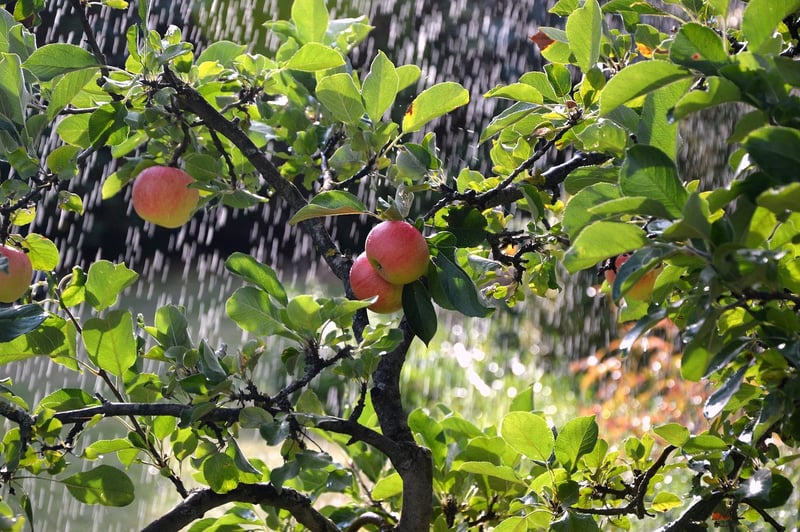Irrigation Techniques
Creating Your Own Vertical Garden + Irrigation Techniques
Introduction to Vertical Gardening
Vertical gardening is a popular technique used to maximize space and grow plants in a vertical orientation, ideal for those with limited space or who want to add greenery to their walls.
Benefits of Vertical Gardens
- Space-saving
- Improved air quality
- Enhanced aesthetics
- Easy access to plants
- Reduced pest problems
Steps to Create Your Own Vertical Garden
- Choose a Location: Select a sunny spot with access to water.
- Build a Frame: Use a wall-mounted trellis, pallet, or vertical planter.
- Choose Plants: Select plants based on light conditions and space.
- Planting: Fill containers with well-draining soil and plant your selections.
- Maintenance: Water regularly, prune as needed, and fertilize appropriately.
Irrigation Techniques for Vertical Gardens
Proper irrigation is crucial for the health and growth of plants in a vertical garden. Here are some techniques to consider:
Drip Irrigation
Drip irrigation delivers water directly to the plant roots, minimizing waste and ensuring efficient water usage.

Vertical Irrigation System
A vertical irrigation system utilizes a network of pipes to distribute water evenly across all levels of the garden.

Self-Watering Containers
Self-watering containers have built-in reservoirs that supply water to the plants as needed, reducing manual watering frequency.

Conclusion
Vertical gardening is a creative and practical way to bring greenery into your living space. By implementing proper irrigation techniques, you can ensure the health and vitality of your vertical garden for years to come.
Get started on your vertical garden project today and enjoy the benefits of a lush and vibrant living wall!
